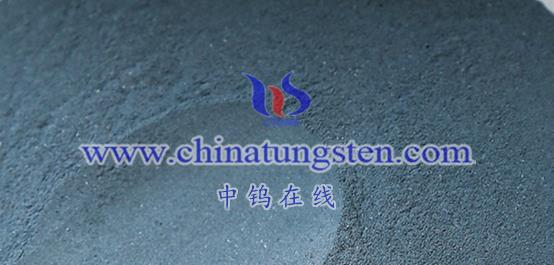
Oxygen vacancy nano tungsten oxide exhibits significant advantages in environmental applications, primarily due to its unique nano-structure and oxygen vacancy characteristics. Below is a detailed analysis of these environmental advantages:
- High-Performance Photocatalytic Properties
Enhanced Light Absorption Capability
Nano tungsten oxide, especially oxygen vacancy-rich nano tungsten oxide, features a large specific surface area and a broad bandgap, enabling more effective absorption of visible and ultraviolet light from sunlight. This enhanced light absorption allows the material to generate more photoinduced electrons and holes during photocatalytic reactions, thereby improving its efficiency.
Promoting Electron-Hole Separation
The presence of oxygen vacancies serves as centers for trapping photoinduced electrons, reducing the recombination rate of electron-hole pairs and extending the lifespan of photo-generated carriers. This contributes to improved quantum efficiency and stability of photocatalytic reactions.
- Broad Degradation Applications
Degradation of Organic Pollutants
Oxygen vacancy nano tungsten oxide excels in degrading organic pollutants through photocatalysis. By utilizing sunlight as the energy source, it can decompose organic contaminants into harmless carbon dioxide, water, and other small molecules, effectively removing pollutants from water and air.
Air Purification
In air purification, oxygen vacancy nano tungsten oxide can eliminate harmful gases and unpleasant odors. Through photocatalytic reactions, it converts these harmful substances into harmless ones, improving both indoor and outdoor air quality.
- Energy Efficiency and Environmental Friendliness
Energy Saving
Photocatalytic reactions are environmentally friendly processes driven by solar energy, without requiring additional energy input. Therefore, using oxygen vacancy nano tungsten oxide for degrading organic pollutants and purifying air offers notable energy-saving benefits.
Environmentally Friendly
Compared to traditional chemical treatment methods, photocatalytic reactions produce no secondary pollution or harmful by-products. During the process, oxygen vacancy nano tungsten oxide only relies on sunlight and water as reactants, ensuring a high level of environmental friendliness.
- Sustainability and Application Prospects
Sustainability
The raw materials for synthesizing oxygen vacancy nano tungsten oxide, such as tungsten ores, are abundant and renewable. Additionally, the material itself is not consumed during photocatalytic reactions, making it highly sustainable.
Application Prospects
With growing environmental awareness and advancements in photocatalytic technology, oxygen vacancy nano tungsten oxide’s application potential in environmental protection continues to expand. It can be employed in water and air purification, wastewater treatment, solid waste management, and many other fields.
Conclusion
Oxygen vacancy nano tungsten oxide offers exceptional advantages in environmental applications, including high-performance photocatalysis, broad pollutant degradation capabilities, energy efficiency, environmental friendliness, sustainability, and vast application prospects. These benefits position it as a critical material for addressing current environmental challenges and promoting sustainable development.
More details of tungsten oxide product, please visit website: tungsten-oxide.com
Please contact CHINATUNGSTEN for inquiry and order of tungsten oxide:
Email: sales@chinatungsten.com
Tel.: 86 592 5129595
















